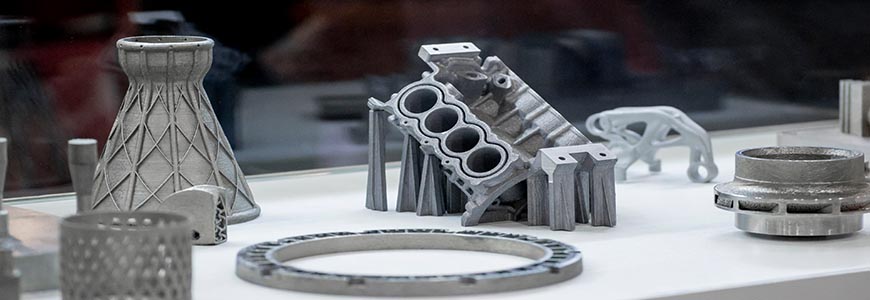How does 3D Enable Lean Manufacturing Processes

3D printing or additive manufacturing is an increasingly popular method of production that involves the use of specialized printer devices to create a physical iteration of a three-dimensional CAD model of any desired part. Unlike conventional and subtractive manufacturing techniques, 3D printing produces a part by building a model from the ground up. In contrast, subtractive manufacturing uses specialized methods to chip away at a full workpiece, remove material from it till the final desired part is achieved.
Lean manufacturing involves the creation of a waste-free or reduced waste production process. Its primary aim is cost savings through material, process and design optimization to reduce both bottlenecks and cost of production. Today, lean manufacturing practices is on the rise and 3D printing is one of its most efficient appendages. How? With 3D printing, lean manufacturing can become better adaptive to changes in design demands and volume flexibilities.
What is the Norm?
It is important to stress that no manufacturing process is intentionally wasteful. Even when using subtractive manufacturing techniques, engineers and design experts still ponder on many ways to save cost. Sadly, optimal cost savings and process optimization may simply not be attainable with some methods of production. Irrespective of what is done, processes such as CNC machining (drilling, grinding, milling, boring) will see materials removed from workpieces. Unless this is done strategically, these materials that are removed from the workpiece may not be recyclable or re-usable.
How does 3D Printing promote Lean Manufacturing?
• Reduced material waste
The nature of additive manufacturing often means that only the required material to produce a part is used up. Bar errors in 3D printing from wrong flow rate, nozzle sizes and wall thickness, this method of manufacturing can become entirely waste-free. As there are different categories of waste, additive manufacturing generally integrates with the principles behind lean manufacturing for lowered defects, waiting times, inventory management and digital logistics to create a bottleneck-absent and consistent manufacturing process. Because of its precision that is optimized by design-for-manufacturing, 3D printed parts will be designed with optimal performance and cost-savings in mind.
• Just-in-time manufacturing
As earlier stated, additive manufacturing and 3D printing are more easily incorporated into digital systems of inventory and “Just-in-time” production systems that optimize the lead times for obtaining manufacturing and end-use part. In line with its no need for tooling, 3D printing therefore makes inventory management more affordable and seamless than other manufacturing methods.
• Low or non-existent tooling costs
3D printing promotes lean manufacturing by doing away with tooling-costs and logistic bottlenecks that may arise when switching between parts. Through additive manufacturing, there is no cost incurred for creating new sets of tooling and fixturing. Only a digital model is required. Also, there is no need to incur physical inventory cost for used or new fixtures as everything is held digitally.
• Rapid Prototyping
The lack of expensive tooling cost means that 3D printing can produce multiple versions of a design part for prototyping. This can be done by making several copies of the digital model and introducing or removing certain features that differentiate prototype from another. These models can all be 3D printed for simultaneous testing and design iteration with greater insights to the parts that may result in defects, process failure and loss of functionality in the part when used.
Without 3D printing, this process is significantly longer and at times arduous, resulting in time-wasting when trying to test multiple ideas of a product design.
• Creating complex parts
The digital model of the physical part to be printed is the backbone of the additive manufacturing technology. This model can be likened to the tooling that may be required in other manufacturing processes like injection molding. 3D printing leverages the digital nature of most new manufacturing systems to use a material-saving approach for designing parts with complex geometries. With detailed CAD models, additive manufacturing brings production experts closer to perfection, allowing the production of complex parts that will be closer to their specifications than other manufacturing methods may deliver.
3D Printing at Premium Parts
Premium Parts offers professional 3D printing service for making a wide array of product parts. At Premium part, we have numerous printing technologies available for use with many high-grade printing materials and filaments. Our excellent quality control systems ensure that all our deliveries are speedy and standard for every size of manufacturing in both lean manufacturing and high-volume productions. Feel free to inquiry about your project with us and determine the best materials and print technology to use!






